UNAVCO Resources: Communications Options
UNAVCO Resources: Communications Options
UNAVCO has worked with and supports the following communications options for GPS and meteorological data transmission. Click on the photograph of the hardware for more information, including specifications, how-tos, and configuration examples. UNAVCO will work with individual groups to help determine the most effective communications option for each remote site or network.
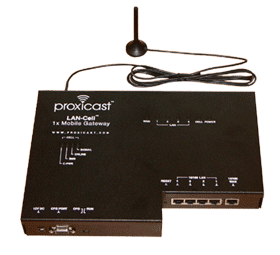 |
Cellular Modems | Cellular modems work anywhere there is adequate cell service, and do not require line-of-sight to another modem. Cost includes both hardware and ongoing cellular service. Cellular modems are currently used in the Plate Boundary Observatory (Western U.S.), BARGEN (CA, NV, UT), and Nicoya Peninsula (Costa Rica) networks. |
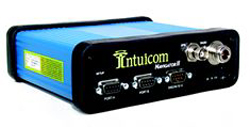 |
Radio Modems | Radio modems require line-of-sight or close proximity, directly or via a repeater, to a master radio modem connected directly or remotely to a download computer. Radio modems can support either serial or ethernet protocol, depending on make and model. There is no ongoing service fee as there is associated with many of the other communications options, making radio modems ideal for networks or sub-networks with site-to-site visibility. Links can be effective up to 100km depending on foliage, atmosphere, and topography. Either serial or ethernet radio modems are currently in use in the Plate Boundary Observatory (Western U.S.), Sierra Negra (Galapagos), BARGEN (CA, NV, UT), and Peatland Bogs (MN) networks, and at IGS sites CHPI (Brazil), TANZ (Tanzania), and BOGT (Colombia). |
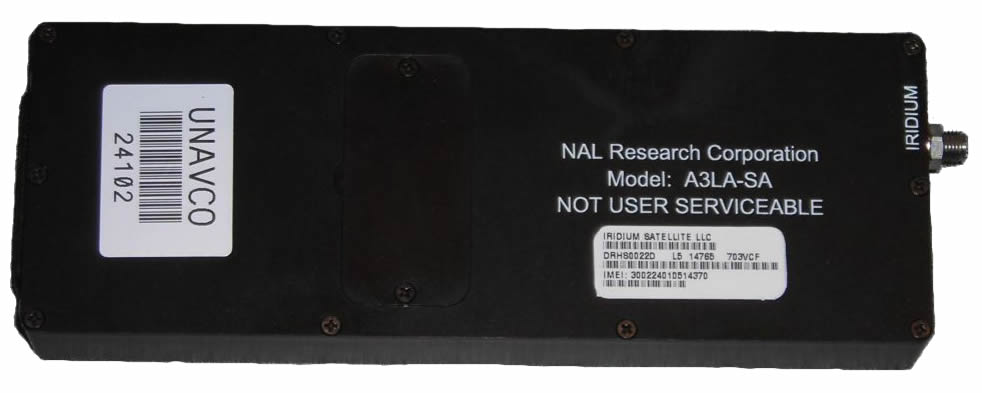 |
Satellite Communications | Satellite communications options like VSAT and Iridium modems can work anywhere, worldwide; no line-of-site between modems is required. Because of high ongoing service fees, other options are generally chosen for regions with cellular or internet availability, but satellite communications allow data transfer from remote sites in sparsely or unpopulated areas. VSAT modems are currently used in the Plate Boundary Observatory (Western U.S.) and Puerto Rico networks; Iridium modems are currently used in the POLENET network (Antarctica and Greenland). |
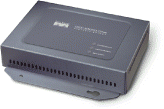 |
Wireless | Cisco Aironet Wireless Bridge. |
 |
Analog (Dial-up) Modems | Analog (dial-up) modems work where a phone line is available. These modems are most useful for sites with direct phone access or for master download sites. Because there are generally faster options, analog modems are decreasingly used but still transfer data from many sites established in the past two decades. Analog modems are currently in use in the BARGEN network (CA, NV, UT). |
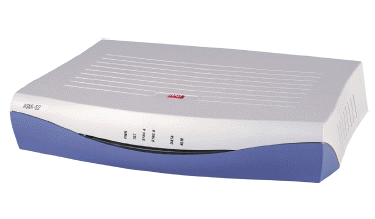 |
Short-haul Modems | |
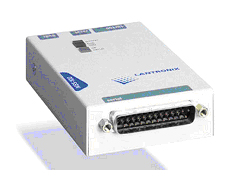 |
Serial to Ethernet | Serial to ethernet devices are typically used to interface older, serial-based receivers (e.g. Trimble 4000) with an ethernet connection. They are also used to connect serial radios directly to the internet or to tie into a router. Serial to ethernet devices are currently in use in the BARGEN (CA, NV, UT) and Peatland Bogs (MN) networks and at IGS site IISC (India). |